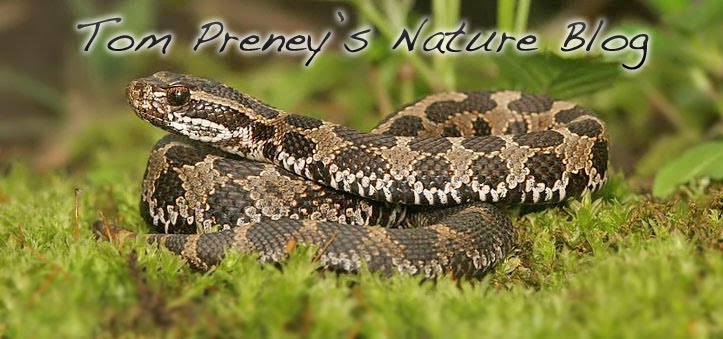Morels are easily identified, which make them a choice edible.
The recipe I used was simple. First clean the mushrooms, making sure all the sand and bugs are gone. For some reason, wood louse (potato bugs) love to hide inside the hollow stems. After a good wash, soak the mushrooms in a bowl of salt water overnight to kill any unwanted visitors that cannot be seen with the naked eye. The following day, make sure to rinse the mushrooms one last time before you cook them. Heat a medium frying pan with a half inch of vegetable oil. Dip the morel into an egg, roll it in bread crumbs (I like using cajun Fish Crisp) and place it into the pan. Cook until golden brown; this only takes a few minutes. There are many awesome recipes that I have found online, but now that morel season is done I'll have to wait until next year to try them.






















